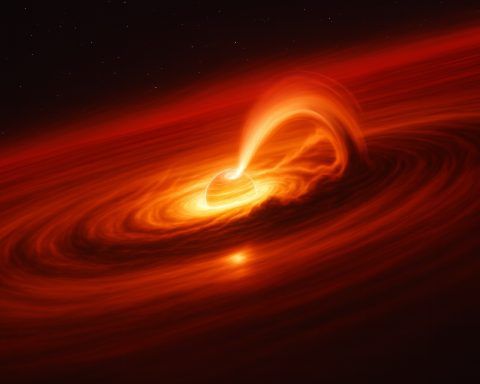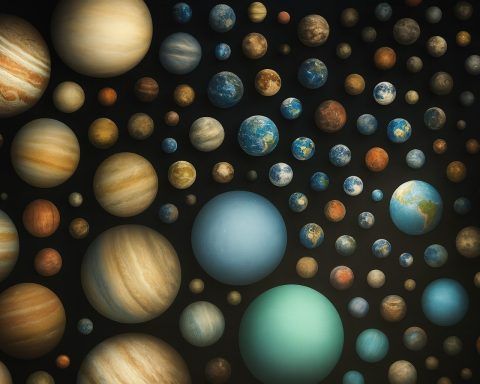
Rogue Planet Gobbles 6 Billion Tons of Gas per Second — Behaving Like a Star
A Cosmic Feeding Frenzy Astronomers have long known that rogue planets (also called free‑floating planetary‑mass objects) drift through space without a host star sciencealert.com. Most are cold and quiet, but Cha 1107-7626 is anything but quiet. In late June 2025, it suddenly brightened dramatically. Follow-up observations


